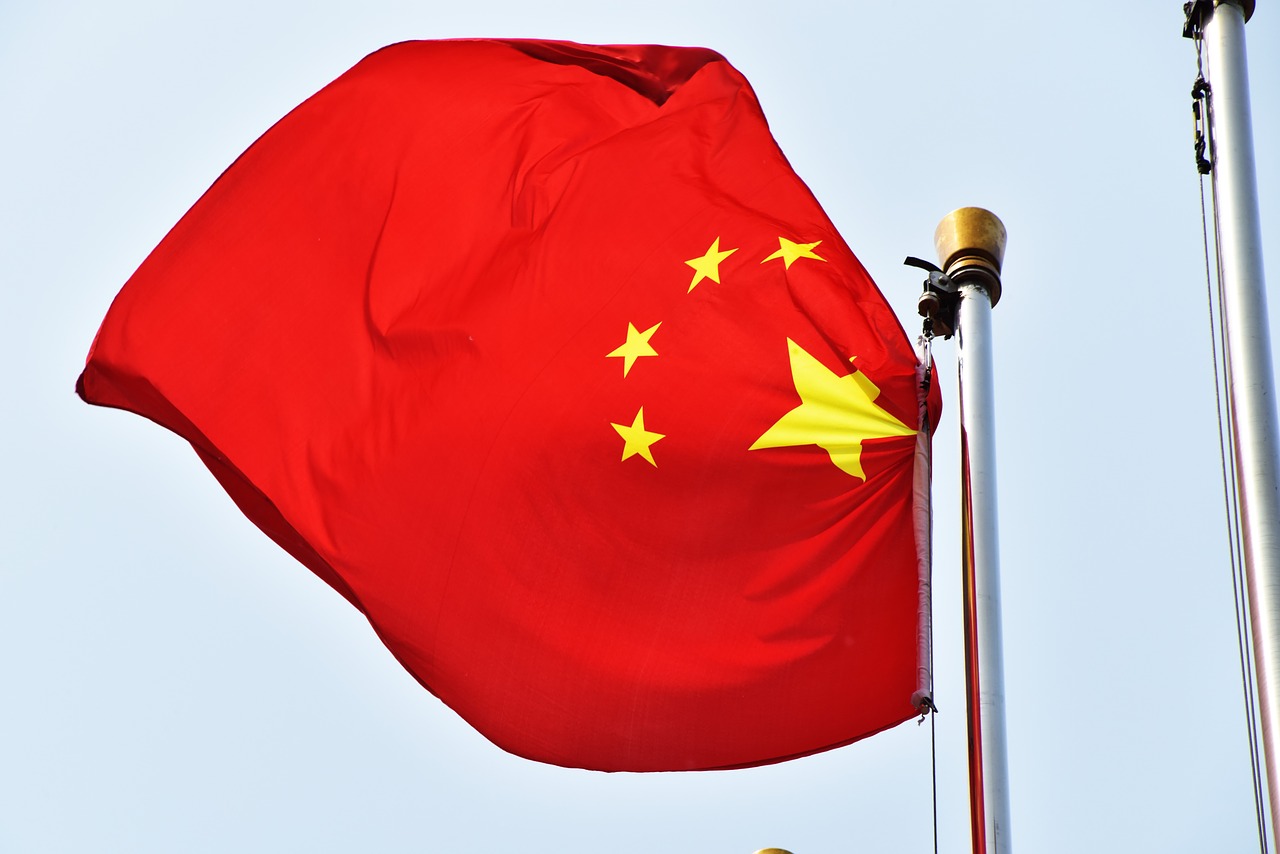
Date: 21 February, 2019 - Blog
“At the end of January 2019, the PBoC
launched furtive QE”
The Fed and later the central banks of Europe adopted unconventional monetary policies in the aftermath of the Great Financial Crisis (2008/9). The BoJ had already done it previously. The idea was to cause the collapse of real interest rates and a reflation of the price of assets. So far, this controversial process has remained confined to developed economies … Indeed, real interest rates in emerging economies have remained positive over the past decade, despite the significant decline in nominal rates. For many reasons, emerging central banks have refrained from implementing a zero interest rate policy (ZIRP) or a quantitative easing process. Among them, we could mention the economic “fragility” and the low level of development / sophistication of banking systems (and the lack of tools necessary to do so), not to mention the dependence on sources of foreign funding.
But, lately, the PBoC has initiated a very discrete but no less significant shift in its monetary policy. Given that bank credit remained sluggish despite its recent (massive) liquidity injections, it now opts for a more radical approach. In fact, it will issue short-term bonds to support the perpetual bond (PB) market of commercial banks. This operation is intelligently presented as a new source of liquidity for banks.
In fact, it’s about recapitalizing Chinese banks, like the ECB’s, and BoE (Funding for Lending) or operations (LTRO) system! All this has of course (!) Nothing to do with the insolvency problems of Chinese banks. The icing on the cake, not only the PBoC, but also the financial institutions and insurance will be allowed to treat these PBs, which can also be used as collateral. As a reminder, PBs should not be repaid as “quasi-equity” (Tier I or II levels) in the balance sheets, such as preferred shares or convertible subordinated bonds (Co-Cos). China is preparing a quantitative easing, while refuting it loud and clear in the media … Incorrigible Chinese, who manage their communication with an art still as well consumed! The Cassandras object that it should still demand that credit present, especially given the weakening economy. It’s a bit of a quick thing to forget that China is a managed economy. The Party and its decision-makers will find ways to “convince” the banks. Cleverly, the PBoC has not communicated any calibration, targets, or timelines for these operations, in order to reduce market pressure and allow it to test this new process in the real world. It is also not to frighten investors about the vulnerability of the domestic banking system. When the PBoC buys a large volume of PBs, they will inevitably appear on its balance sheet.
It will then be time to recognize, ex post, the cautious – start – of quantitative easing (QE). This is the fait accompli. In summary, the low-key bailout of the weakest Chinese banks and the unofficial launch of the PBoC QE have just begun in all discretion. This has gone unnoticed, as investors are fascinated by the latest mediocre macroeconomic figures and by the daily talks on the trade war. It is unclear at what rate and how intensely China will engage in this unconventional monetary policy. Nevertheless, Chinese reflation is accelerating, and this is good news. The fall in Chinese policy rates, which will depend more directly on discussions with Donald, could be added and trigger, finally, a significant catch-up of Chinese markets after a year catastrophic 2018





